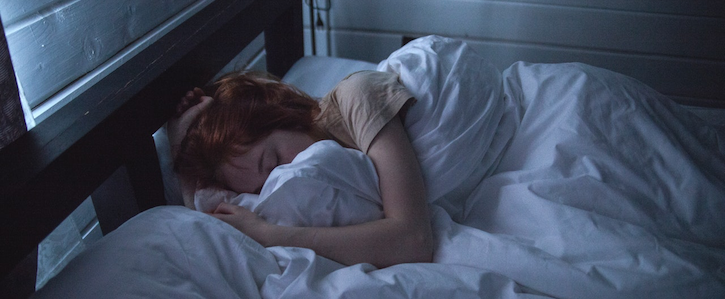Study: Radar Monitors Sleep with Accuracy Comparable to Current Standards
The device helps patients with sleep apnea by tracking their breathing and heart rate.

The science of sleep medicine is rapidly expanding. Now, a new innovation could mark a major leap forward in the field.
Scientists at the University of Waterloo, Canada, have developed a new wireless monitoring device that uses low-level radar to track a patient’s breathing and heart rate without the need for wires or sensors.
George Shaker, Ph.D., M.S., an engineering professor at the university, said he and his team have been working on developing radar sensors for a variety of applications for years. He said the versatility of radar makes it well suited to help elderly patients.
“We knew that we can change the radar field of view to monitor certain parts of the body,” Shaker told Inside Digital Health™. “At the Research Institute for Aging, we noted how elderly people suffer during sleep apnea studies, so we thought we could replicate many of the test functionalities without need for the cumbersome wires.”

George Shaker, Ph.D., M.S.
In particular, the system can help patients with sleep apnea or related disorders by detecting subtleties in their chest movements that could be connected with stoppages of breathing or other sleep distress.
To test the radar system in a real-world setting, Shaker and colleagues mounted a radar system to the ceiling of a model apartment in which participants slept. A total of 50 people participated in the study, and investigators found the radar system achieved accuracy comparable to a reference sensor. The radar system was 94% accurate at monitoring breathing rates and 80% accurate at monitoring heart rates. Shaker said it also outperformed a bed sensor.
“We ran a comparison between the radar and an over-the-mattress/under-the-bed sheet sensor array in collaboration with the producer of such an array,” he said. “The radar on ceiling demonstrated much better performance.”
In addition to sleep apnea, the radar system can help detect and track disorders such as restless leg syndrome, seizures and periodic limb movement disorder.
While the technology behind the radar demonstrated high levels of accuracy, the system has other benefits, too. The radar device is small; it’s roughly the size of a smartphone. It’s also relatively inexpensive, Shaker said.
“These radars are very low-power, allowing us to produce these systems at prices comparable to typical smartphone costs,” Shaker said.
In fact, Shaker said that in a separate project, he and colleagues evaluated a radar system to monitor patients’ gaits. They found that the $600 radar system outperformed a $30,000 floor mat.
Another advantage of radar is that it allows for more privacy than monitoring in a clinic or through video cameras. It can be performed in a patient’s home and does not require patients to book an appointment weeks in advance, as is often the case in sleep clinics.
The paper was published last month in the journal IEEE Access. It is titled, “Remote Monitoring of Human Vital Signs Using mm-Wave FMCW Radar.”
Get the best insights in digital health directly to your inbox.
Related
Verily Enters Vast Sleep Apnea Market
Wearable Data Can Help Change Behavior to Keep Blood Pressure Down
Why Stanford and Prometheus Are Exploring the Genomics of Sleep Disorders